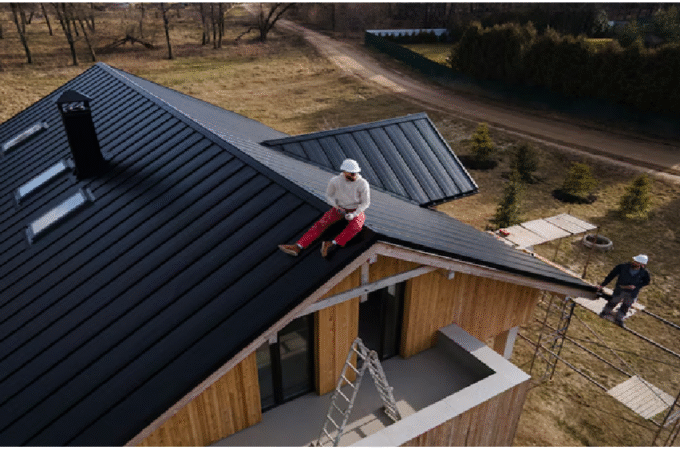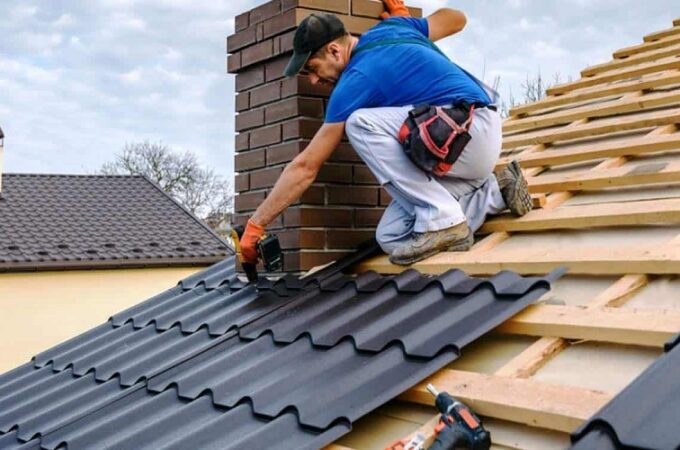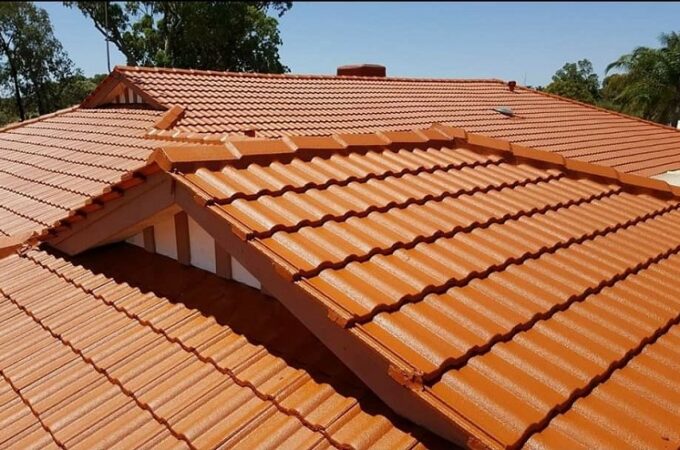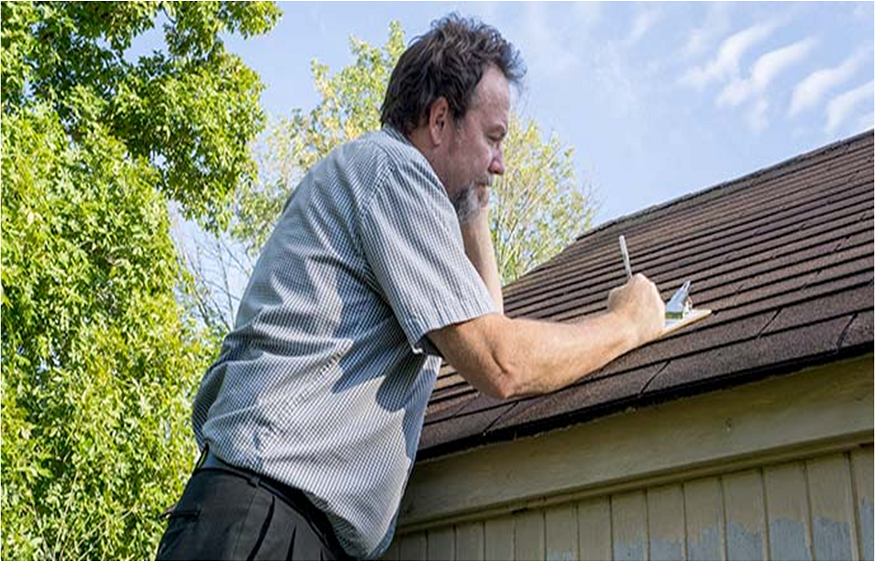
Roofing Services: Tips for Maintaining Your Roof
Since one of the biggest investments is a roof system, while its importance is indispensable, because you will get years of protection from elements, you should consider regular maintenance, which will increase overall durability and prevent significant expenses.
Similarly,like any other component within your household, it requires regular maintenance, which will allow it to perform at its best. The main idea is to understand the checklist that will help you ensure the best course of action. We are talking about annual tasks that will help you maintain the roof in perfect condition.
It is important to checkhere to learn everything about different roofing materials. Most of these factors will require a few minutes of your time, while you can save both money and time throughout the process.
Before you start, it is vital to understand that safety should be the number one priority. Some maintenance tips are simple to handle from the inside, while others require ladders.
Still, you should hire a roofer to ensure the closeup, which will prevent you from endangering yourself throughout the process. Generally, contractors already understand a potential problem that can happen, meaning they are less likely to fall.
Of course, you should check out whether a contractor has liability insurance, which will prevent you from being responsible in case something happens. Since the asphalt shingles feature small granules that are there to prevent UV degradation, while boosting the color elements on the surface, you should know that foot traffic can affect them altogether.
It is also possible to cause the shingle to crack, which may affect the entire integrity and cause you to fall. That is why you should avoid walking on the roof unless you have proper training.
Seasonal Roof Care
1. Handle Gutters
The gutter system can collect water runoff from the shingles and direct it away from the foundation. Therefore, when the gutters become clogged, you should know that water can back up underneath them and cause severe overflow onto brick or siding.
That is why you should keep the gutters free-flowing and free, while you should also ensure they are properly attached. We recommend you pay attention to areas where the gutter meets the wall at specific angles. You may need to install gutter splash guards or kick-out flashings in specific areas that are most vulnerable.
2. Algae and Moss Growth
Environmental factors are the biggest reasons for algae and moss growth on your roof, especially the areas that are facing north. Generally, lots of shade trees and wet climates are also conditions that can cause moss and algae. Remember that moss absorbs water, meaning the large clumps can damage shingles by exposing them to water.
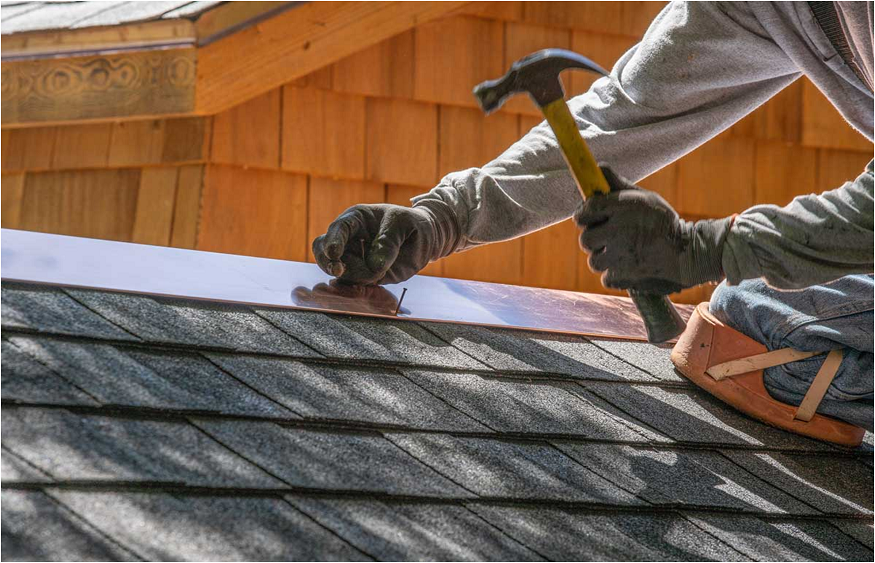
On this website, you will learn tips on choosing the best roofing contractor for your specific requirements. Generally, algae can leave dark streaks on the surface. At the same time, you can minimize the stains by using a combination of water and chlorine bleach.
If the roof’s environment is conducive to algae and moss, the best course of action is to treat the roof as much as you can.
3. Tree Branches
Since safety is one of the most important factors when it comes to maintaining a roof, while its essential reason for existence is to offer you safety from weather conditions and elements, you should keep it in perfect condition.
Remember that trees can disturb granules by rubbing against them, especially during windstorms. We recommend you find an experienced arborist and trim branches as much as you can to prevent them from affecting the structural integrity of your roof.
4. Clear Off Debris
You probably know that trees provide shade in the summer, while they will add beauty to your landscape. The main problem is they are the biggest sources of debris from fallen leaves in autumn to small branches. Generally, organic matter can absorb water, which will cause your shingles to remain in contact with humidity.
At the same time, as soon as rainwater runs down the roof, it will pick up debris and settle within gutters. We recommend you remove organic residue from a roof at least twice a year or more frequently depending on several trees and overall activities. You can gently remove it by using a leaf blower on roof access or a broom from an upstairs window.
However, you should avoid using tools that will affect the surface of shingles and dislodge granules, which is vital to remember.
Regular Check-Ups
It is important to remember that a roof is a crucial defense against weather elements, especially when you install it. However, after a while, it will start to age and lose its consistency and efficiency. That is why you should detect vulnerable areas and prevent further issues from happening.
1. Windows and Wall Claddings Should Be Watertight
After a significant rainstorm, it is vital to check out the home’s exterior. We recommend you look for specific areas that show signs of wetness and moisture. For instance, check out the gutter and whether water can go down the walls instead of downspouts.
Besides, it is vital to check out windows by looking around for casings and sills for loss of caulk and warping. These are areas that can lead to humidity infiltration.
2. Flashing
If you wish to ensure watertightness, we recommend you check out for flashing in areas where two roof areas meet. For instance, you can find flashing where vent pipes and chimneys emerge. Flashing is often in roof valleys, which are channels created when two slopes converge.
You should find a comfortable and safe vantage point to check out flashings. We recommend you go to a second-story window. Enter this site: https://www.forbes.com/home-improvement/roofing/types-of-roofing-materials/ to learn about the different types of roofing materials.
The moment you notice rusted, dented flashing or missing fasteners, or rotten sealant, we recommend you call a roofing contractor for the process. They can inspect the flashing in perfect detail to determine whether you should replace or repair the exact area.
3. Soil Stack
You should remember that vent pipes come with a rubberized gasket. After a while, the sealant can dry and fall apart on the gasket, meaning you should check out potential penetrations and whether everything is completely sealed and protected.
The main idea is to check everything out from a safe vantage point, or you can find a professional to conduct a direct investigation.

